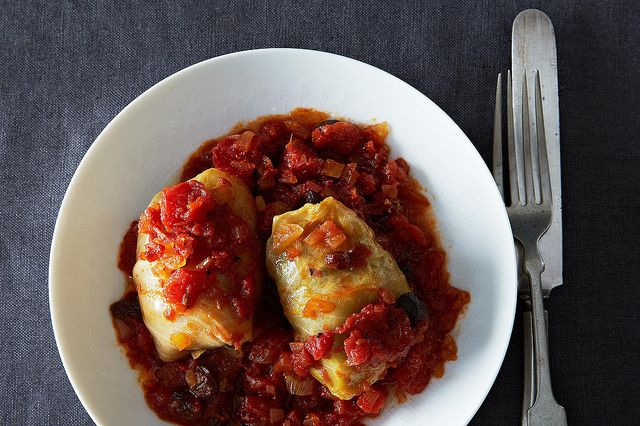Popular on Food52
7 Comments
drbabs
September 18, 2013
This is very similar to an old Polish recipe that I got a million years ago from a friend's mother. She uses sauerkraut in the sauce instead of lemon, and crumbles ginger snaps on the top.
amysarah
September 18, 2013
My mother also used ginger snaps in her 'sauerbraten' - crumbled and cooked down in the sauce for flavor and body. She's Hungarian/Russian, but grew up in the Yorkville area of NYC, which also had a big German and Czech population, so there was some cooking cross-pollination there. I'm curious about the ginger snaps - whether they were an American adaptation, or actually used in the original recipes.
Droplet
September 18, 2013
I have seen the gingersnaps in some very old German recipes (in German)for Sauerbraten, so I think it originated there.
Droplet
September 18, 2013
I am curious about the sweet-and-sour element that she mentions a few times. What is the significance of it?
amysarah
September 18, 2013
Sweet and sour is a very popular flavor in traditional Ashkenazi Jewish cooking (Eastern European origin) - which is the heritage of the majority of American Jews. For instance in stuffed cabbage, cabbage soup, borscht, sweet and sour meatballs, etc.


See what other Food52 readers are saying.